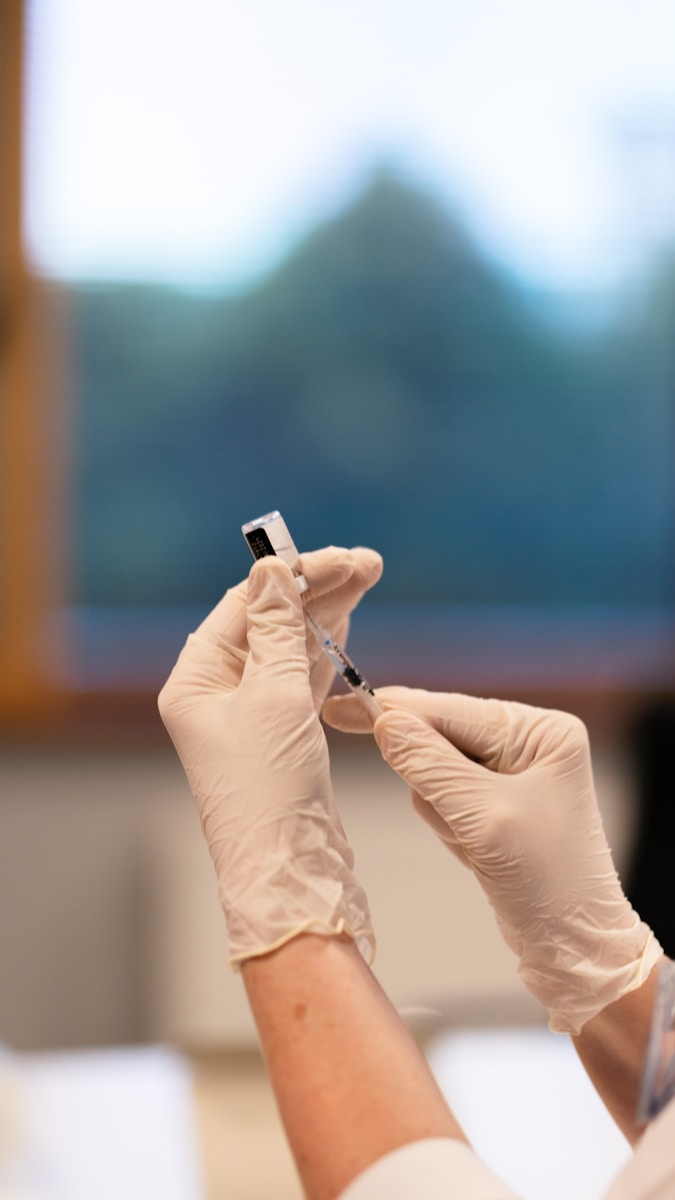Question Number: 300
PDR Number: SQ22-000674
Date Submitted: 18/11/2022
Department or Body: Department of Health
Efficacy and transmission effects of the Pfizer COVID-19 vaccine have been addressed in the response to Question 2a in SQ22-000421. The spike protein in the mRNA vaccine has a transmembrane anchor region that makes the protein attach to the cell membrane and, in the absence of a signal sequence for secretion, will not be secreted or released into the blood stream from the cells (available at: www.pubmed.ncbi.nlm.nih.gov/33117378 and https://pubmed.ncbi.nlm.nih.gov/34400651/). Therefore while the presence of spike proteins at very very low levels cannot be excluded, as per Professor Skerritt’s comments – if there are trace levels of any spike proteins there is no evidence of any harm to the human body. Nonclinical animal toxicity studies, conducted at very high vaccine doses, and human data demonstrated the safety of the provisionally approved mRNA vaccines. A whole-body imaging study with a surrogate mRNA expressing luciferase protein encapsulated in the lipid nanoparticles used in the Pfizer vaccine indicated that the expressed protein was mainly localised at the injection site and distributed to liver. Spike protein expression was detected in antigen presenting cells in draining lymph nodes and spleen in mice after injection of the Moderna mRNA vaccine. The spike protein expressed by COVID-19 mRNA vaccines in blood circulation was not measured in nonclinical animal studies. In a recent publication (https://academic.oup.com/cid/article/74/4/715/6279075), very low levels (in pg/mL) of a fragment (S1 subunit) of the spike protein were detected in the plasma of 11 out of 13 human subjects from one day to nine days after the first injection. The full-length spike protein was only detected in three out of 13 subjects from day nine to 29. The S1 protein rapidly disappeared, associated with the induction of anti-S1 and anti-spike antibodies. After the second vaccine dose, no S1 or spike protein was detected. Information on lipids was explained in detail in Adjunct Professor (Prof) Skerritt’s verbal testimony at the Senate Estimates hearings on 10 November 2022. As explained by Prof Skerritt, lipid nanoparticles in the COVID-19 vaccines consist of four lipids. Those in both the Pfizer and Moderna vaccines contain cholesterol and DSPC (1,2-distearoyl-sn-glycero-3-phosphocholine) which are natural constituents of human cells and are found in bovine steak. The other two lipids in the Pfizer vaccine are slightly different from those in the Moderna vaccine but all four lipids are also structurally similar to natural lipids. These lipids are similar to natural lipids in our body system or food. Nonclinical and clinical studies demonstrated that the lipid nanoparticles in the vaccines are safe. Further information on lipids is provided in the response to SQ22-000550.






























